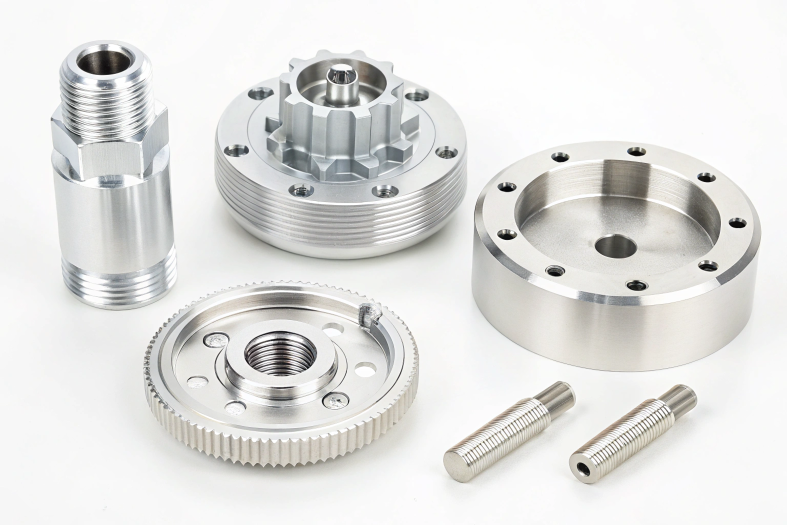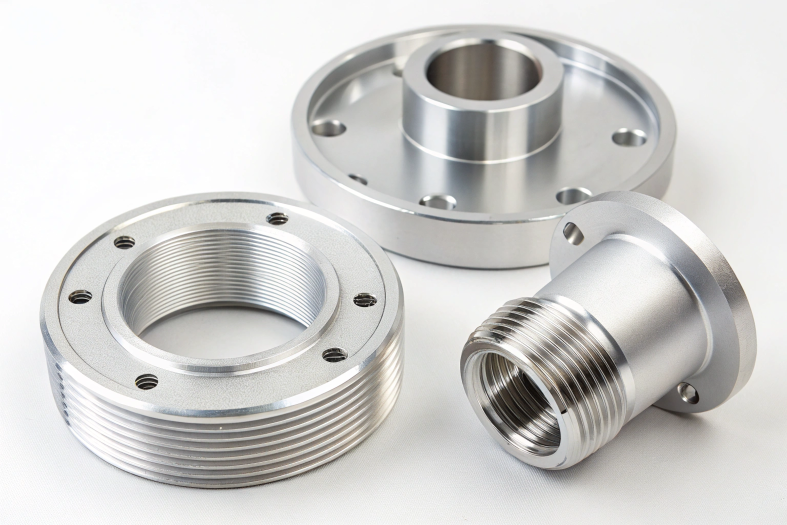Are you struggling to turn your innovative ideas into reality with precision and speed? Traditional prototyping methods can be time-consuming and less accurate, leaving you frustrated. CNC prototyping offers a cutting-edge solution, combining high accuracy and efficiency to create prototypes that meet your exact specifications.
Direct answer:
CNC prototyping uses computer-controlled machining to create precise, high-quality prototypes from various materials, ensuring accuracy and efficiency for product development.

Key Features of CNC Prototyping
- High Precision: Ability to create detailed and accurate prototypes.
- Material Compatibility: Wide range of materials available (metals, plastics, composites).
- Speed: Rapid turnaround times compared to traditional prototyping methods.
- Scalability: Prototypes can transition to mass production seamlessly.
How Does CNC Prototyping Work?
- Step 1: Designing the prototype using CAD software.
- Step 2: Programming the CNC machine with CAM (Computer-Aided Manufacturing) software.
- Step 3: Selecting materials based on prototype requirements.
- Step 4: CNC machining to create the prototype.
- Step 5: Post-processing (e.g., finishing, polishing).
Advantages of CNC Prototyping
Precision and Accuracy
- Tight tolerances enable detailed prototypes.
- Consistent results even with complex geometries.
Material Flexibility
- Compatibility with metals (e.g., aluminum, steel) and plastics (e.g., ABS, nylon).
Speed and Efficiency
- Faster production compared to manual prototyping.
- Reduces time-to-market for new products.
Cost-Effectiveness
- Minimizes material waste.
- Lower labor costs due to automation.
Scalability
- Prototypes can be tested and refined before scaling to mass production.

Applications of CNC Prototyping
- Automotive: Engine components, gear prototypes.
- Aerospace: Lightweight structural components for testing.
- Medical: Surgical tool prototypes, custom implants.
- Electronics: Enclosures for devices, PCB housings.
- Consumer Goods: Early-stage product models for testing and validation.
Comparison: CNC Prototyping vs. Other Prototyping Methods
| Feature | CNC Prototyping | 3D Printing | Traditional Prototyping |
|---|---|---|---|
| Precision | High | Moderate to High | Moderate |
| Material Range | Metals, Plastics, Composites | Limited (mainly plastics/resins) | Metals, Plastics, Wood |
| Speed | Fast | Very Fast | Slow |
| Scalability | Seamless transition to production | Limited | Limited |
Challenges of CNC Prototyping
- Initial Costs: High setup costs for CNC machines.
- Complex Programming: Requires skilled labor for CAD/CAM setup.
- Material Wastage: More material waste compared to additive methods like 3D printing.
Future Trends in CNC Prototyping
- Integration with AI: Optimizing designs and reducing programming time.
- Hybrid Manufacturing: Combining CNC machining with 3D printing for enhanced flexibility.
- Improved Material Options: Development of more advanced materials for prototyping.

Conclusion
So, that's the gist of CNC prototyping! It's like having a reliable partner that takes your design ideas and turns them into reality with unmatched precision. Whether you’re testing out a groundbreaking product or just tweaking a design, CNC prototyping has your back.
The beauty of it is how versatile and dependable it is—perfect for industries where accuracy and scalability are non-negotiable. Imagine crafting a prototype today and scaling it to full production tomorrow; that’s the magic of CNC.
If you're curious or need a hand with your next project, don’t hesitate to reach out. We’re always here to chat and help bring your ideas to life!
FAQ:
What does CNC mean?
CNC stands for Computer Numerical Control. It refers to a manufacturing process where pre-programmed computer software controls the movement of machinery and tools, enabling precise and automated production of parts and components.
What is CNC modeling?
CNC modeling involves creating a 3D digital design (using CAD software) that serves as the blueprint for CNC machines. This model is converted into machine-readable code (via CAM software), which guides the CNC machine to produce the physical object with precision.
What is a prototyping machine?
A prototyping machine is equipment used to create prototypes—early versions of a product for testing and validation. Examples include:
- CNC Machines: For high-precision prototypes in metals and plastics.
- 3D Printers: For rapid prototyping using materials like resins or plastics.
- Laser Cutters: For shaping materials like wood or acrylic for basic prototypes.
What is prototyping in manufacturing?
Prototyping in manufacturing refers to the process of creating sample models of a product before mass production. It allows designers and engineers to:
- Test the functionality and design of a product.
- Identify potential flaws or improvements.
- Ensure the product meets technical and market requirements before full-scale production.


